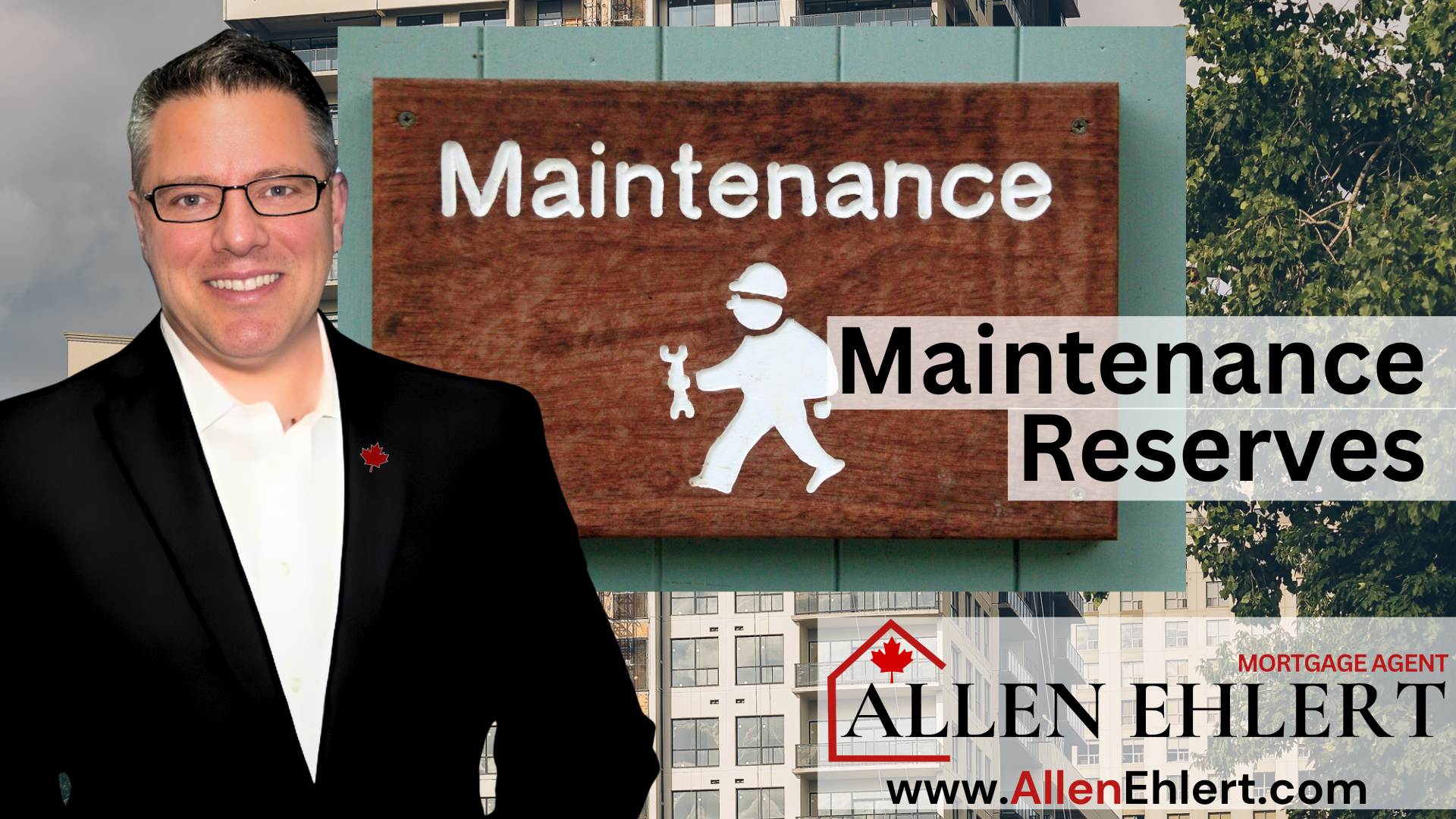… The hidden limits of deposit-funded mortgages
You’ve probably heard people say, “Banks have all the money, what’s the problem?” It’s a common thought. After all, we trust banks to be solid, stable, and loaded with cash. But here’s something most homebuyers—and even some realtors—don’t fully understand: banks don’t have endless piles of money to hand out. Even the big guys are working within limits.
When a bank funds mortgages using deposits, it’s playing a balancing act between how much cash it has on hand and how much it can safely lend out. And those limitations affect everything from the mortgage rates you see advertised to the approvals your clients might get.
Knowing this gives you an edge. As a realtor, you’ll be better prepared for client questions about rate hikes or tightening lending. As a borrower, you’ll understand why things change seemingly overnight.
Topics I’ll Cover:
Why Banks Use Deposits to Lend in the First Place
The Big Limitation: Deposits Aren’t Unlimited
How Regulation Puts a Cap on Lending
Why Short-Term Deposits and Long-Term Mortgages Create Risk
How Clients Can Use This to Shop Smarter
A Story: The First-Time Buyer Who Thought the Bank Was Playing Games
Why Banks Use Deposits to Lend in the First Place
This one’s pretty simple. Banks collect your deposits—chequing, savings, GICs—and lend them out at a higher rate than they pay you. It’s Banking 101. They borrow from you at less than 1% (or these days, maybe a bit more) and lend it at 5% on a mortgage. The difference? That’s how they keep the lights on and the shareholders happy.
It’s the oldest trick in the financial playbook, and it works—up to a point.
The Big Limitation: Deposits Aren’t Unlimited
Banks can’t lend what they don’t have. Deposits are finite. If people aren’t stuffing money into savings accounts—maybe because rates are low or inflation’s eating away at their cash flow—then banks have less money to lend.
Even when deposits are flowing, they aren’t infinite. Banks can’t just say, “Let’s double our lending this year!” without first making sure they’ve got the deposit base to back it up.
And when deposits slow down? Banks get pickier about who gets a mortgage and at what rate.
How Regulation Puts a Cap on Lending
Banks don’t just answer to their shareholders—they answer to regulators like OSFI (Office of the Superintendent of Financial Institutions). Regulators require banks to hold a certain percentage of their deposits in reserve for emergencies.
That’s called maintaining liquidity ratios. It’s like a rainy-day fund they can’t touch for lending. So even if they’ve got a billion bucks in deposits, they can’t lend the whole billion out. Some of it stays parked, just in case.
This limits how aggressively they can push mortgages, especially when markets are uncertain.
Why Short-Term Deposits and Long-Term Mortgages Create Risk
Here’s the mismatch: most deposits are short-term. You could walk into your bank tomorrow and pull your savings out. But mortgages? They’re long-term. Five, ten, sometimes twenty-five years.
That creates what’s called liquidity risk. If people suddenly withdraw their deposits en masse, the bank can’t call in your mortgage to free up cash. This is why banks hedge their funding sources—they can’t rely only on deposits to keep the machine running smoothly.
How Clients Can Use This to Shop Smarter
Understanding this helps you, as a borrower, see the bigger picture. If one lender seems to tighten up while another doesn’t, it might not be about you—it might be about their deposit flow or risk appetite.
Ask smarter questions:
- “How is this lender funding their mortgages right now?”
- “Are they relying on deposits, bonds, or something else?”
- “Could this impact my rate or approval down the line?”
Being informed helps you make better choices and avoids surprises.
A Story: The First-Time Buyer Who Thought the Bank Was Playing Games
I had a client who was buying her first home. She locked in a rate at 4.89%, but by the time her deal firmed up, the bank said it was now 5.29%. She was furious. Thought the bank was bait-and-switching her.
We sat down, and I explained:
“The bank’s deposits have dried up a bit. To bring in more, they need to offer higher rates on savings accounts—which means they have to raise lending rates too. It’s not about you; it’s about how they’re funding their loans right now.”
She got it. We found her a credit union that was still flush with deposits and got her a better deal. But more importantly, she left the process understanding the system, not feeling burned by it.
Allen’s Final Thoughts
Banks might look like money-printing machines, but they have limits just like everyone else. They rely on deposits, which aren’t always predictable, and they’re bound by regulations that force them to play it safe.
For realtors, knowing this helps you guide your clients through rate changes and policy shifts with confidence. For homebuyers, it explains why the market moves the way it does—and how to find the right lender for your situation.
And that’s where I come in. I don’t just get you a mortgage. I help you understand the landscape so you can make decisions with clarity, not confusion. I’ll show you where lenders get their money, why it matters to your deal, and how to position yourself for success.
If you want a mortgage agent who’s got the inside track—and is happy to share it—I’m here for you. Let’s make your next deal smoother, smarter, and more successful.
Reach out anytime. I’m always happy to help.












